Innra eftirlit, GÁMES (HACCP), fyrir ferskan fisk
Ætlað stjórnendum fyrirtækja sem vinna með ferskan fisk.
Nánari upplýsingar má fá með því að senda póst á netfangið namskeid@matis.is.
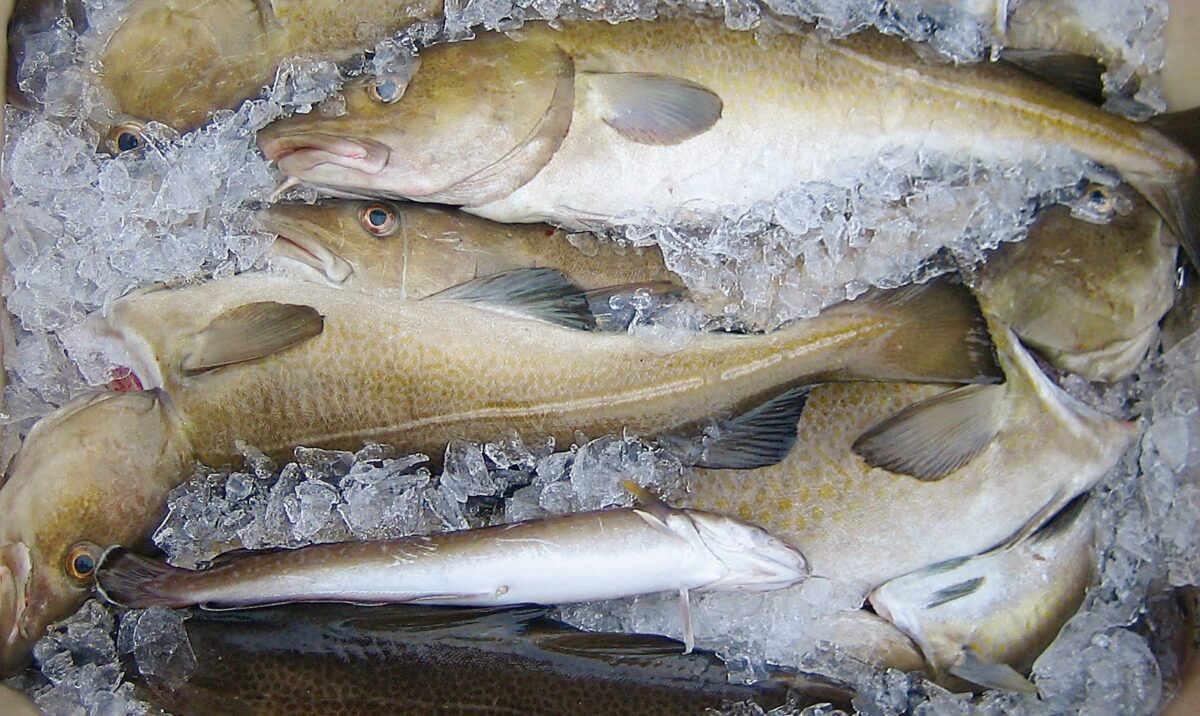
Nánari upplýsingar má fá með því að senda póst á netfangið namskeid@matis.is.
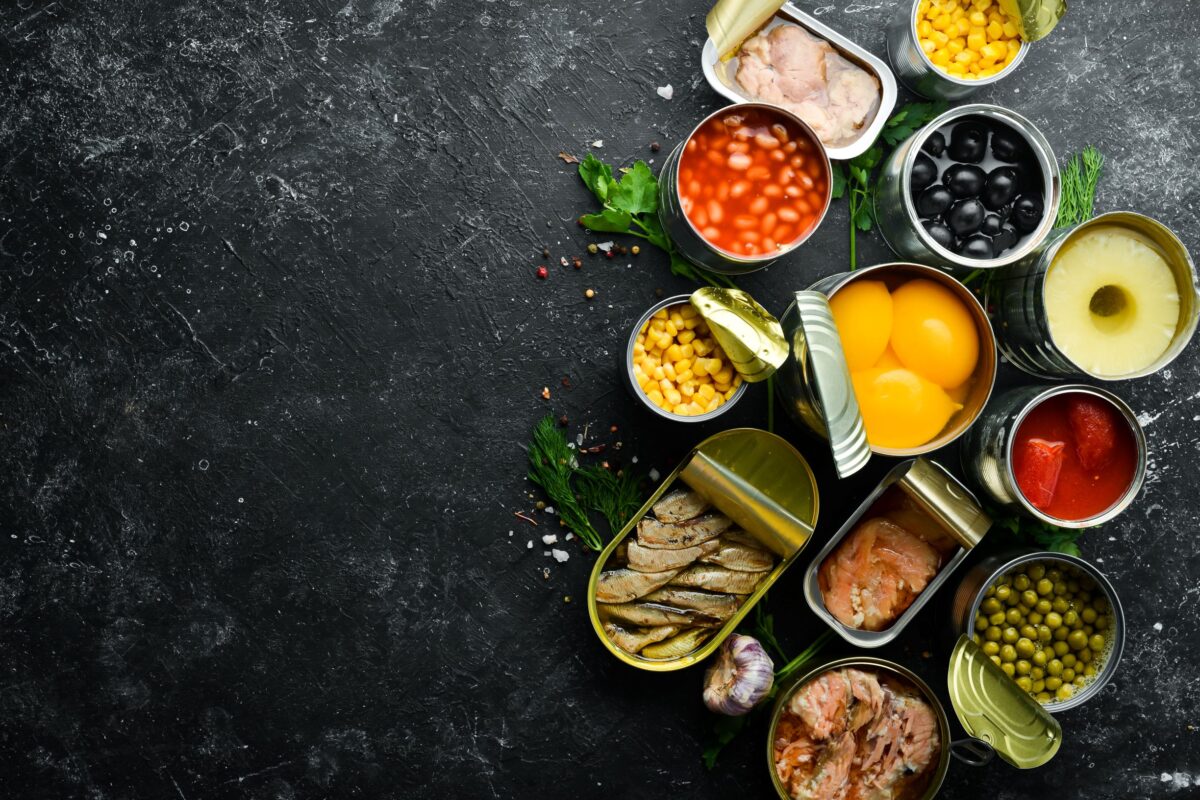
Til að ná þessu langa geymsluþoli lagmetisafurða má ekkert fara úrskeiðis, sem dæmi má nefna mikilvægi þátta eins og lokun dósa, suðuna sjálfa, hitastig og tíma, gerilsneyðingu, rotvörn og kælingu þegar það á við o.s.frv. Það má ekki gefa neinn afslátt í framleiðslu þessara afurða því lítil frávik geta haft mjög dramatískar afleiðingar.
Páll Gunnar Pálsson höfundur efnisins starfaði um árabil sem gæða- og framleiðslustjóri í niðursuðuverksmiðju Norðurstjörnunnar í Hafnarfirði, en þetta er sjöunda handbókin sem Páll Gunnar hefur tekið saman. Hægt er að nálgast þær allar endurgjaldslaust á heimasíðu Matís.
Ómetanlegt var að fá Einar Þór Lárusson sérfræðing hjá ORA til að vera með í þessu verkefni til að miðla af sinni miklu reynslu og þekkingu. En Einar Lár hefur unnið í lagmetis og fiskvinnslufyrirtækjum í áratugi við framleiðslu, en síðast en ekki síst við fjölbreytt vöruþróunar- og nýsköpunarverkefni.
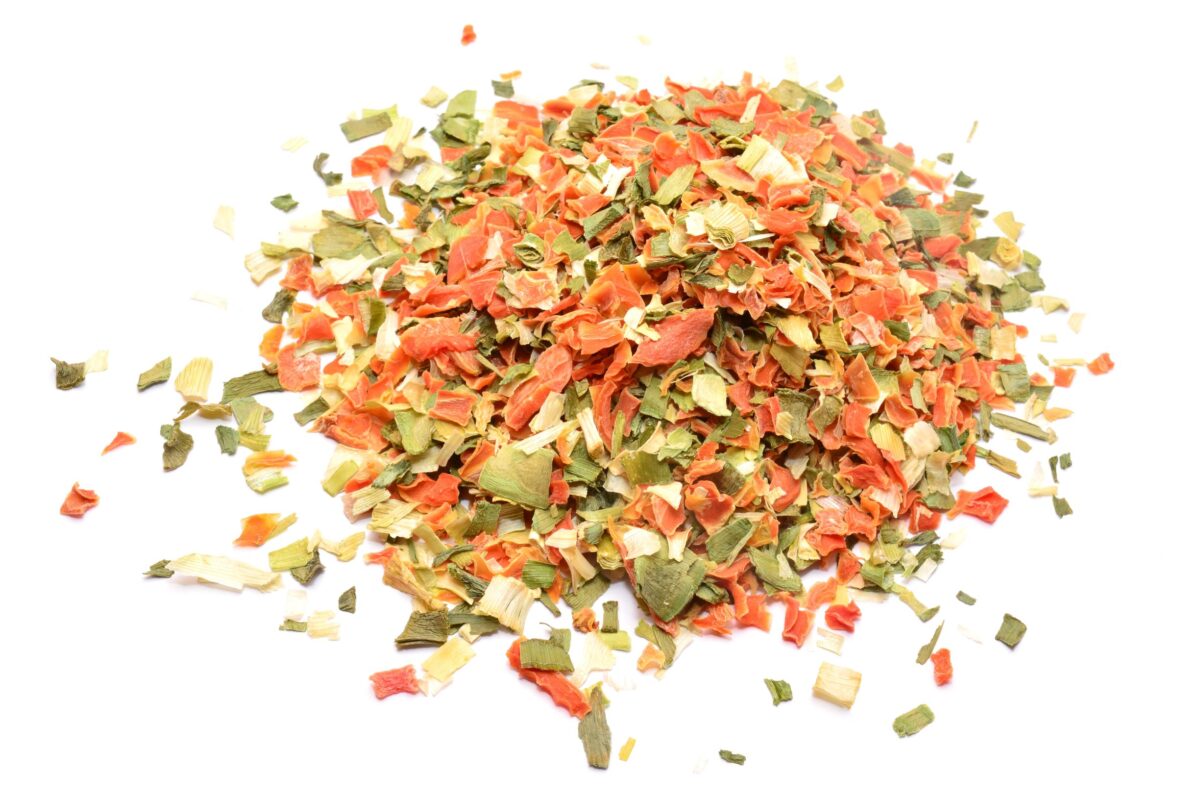
Farið verður yfir öll meginatriði varðandi vinnslu og meðhöndlun vörunnar, allt þar til hún er komin á borð neytenda. Hvernig og hvað þarf til að framleiða hana (þ.á.m. hráefni, tækjabúnaður, aðstaða), kostir og gallar mismunandi aðferða, hættur sem ber að varast, mat á gæðum ofl. Kennslan er bæði bókleg og verkleg.
Nánari upplýsingar má fá með því að senda póst á netfangið namskeid@matis.is.

Nánari upplýsingar má fá með því að senda póst á netfangið namskeid@matis.is.
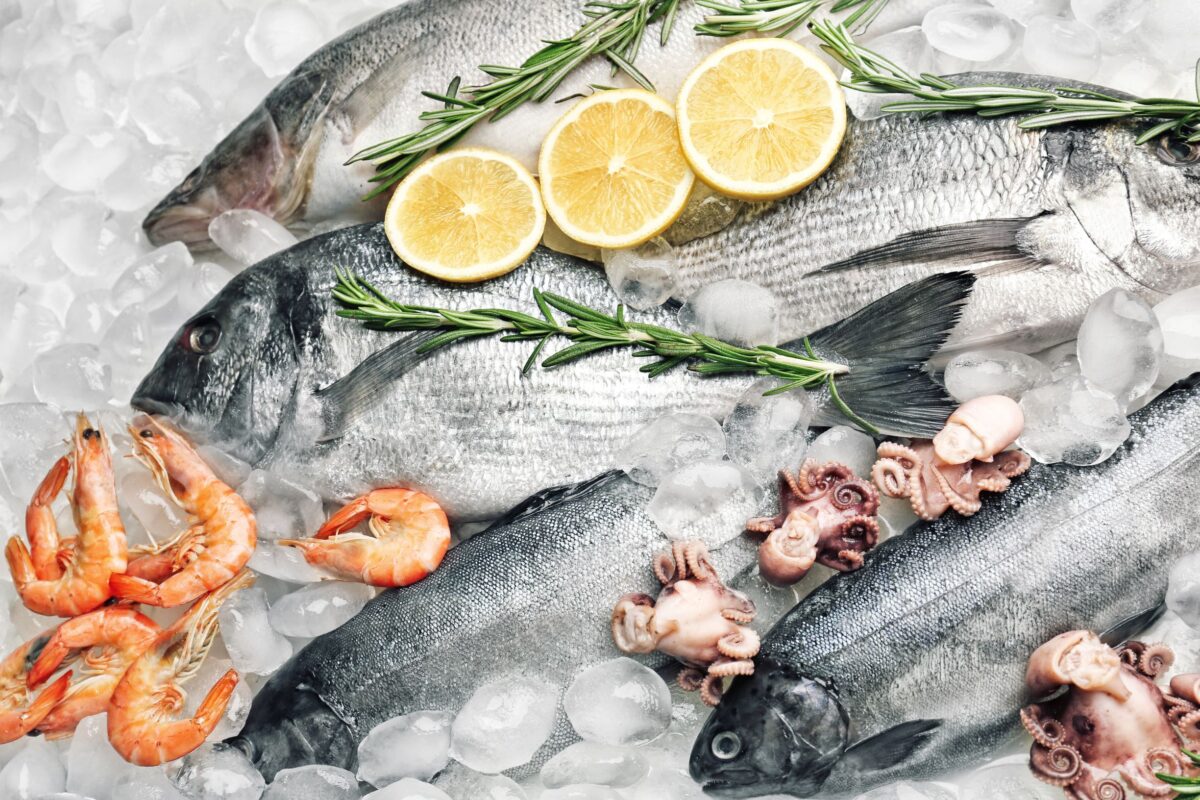
Nánari upplýsingar má fá með því að senda póst á netfangið namskeid@matis.is.

Farið verður yfir öll meginatriði varðandi vinnslu og meðhöndlun vörunnar, allt þar til hún er komin á borð neytenda. Hvernig og hvað þarf til að framleiða hana (þ.á.m. hráefni, tækjabúnaður, aðstaða), kostir og gallar mismunandi aðferða, hættur sem ber að varast, mat á gæðum ofl. Kennslan er bæði bókleg og verkleg.
Nánari upplýsingar má fá með því að senda póst á netfangið namskeid@matis.is.
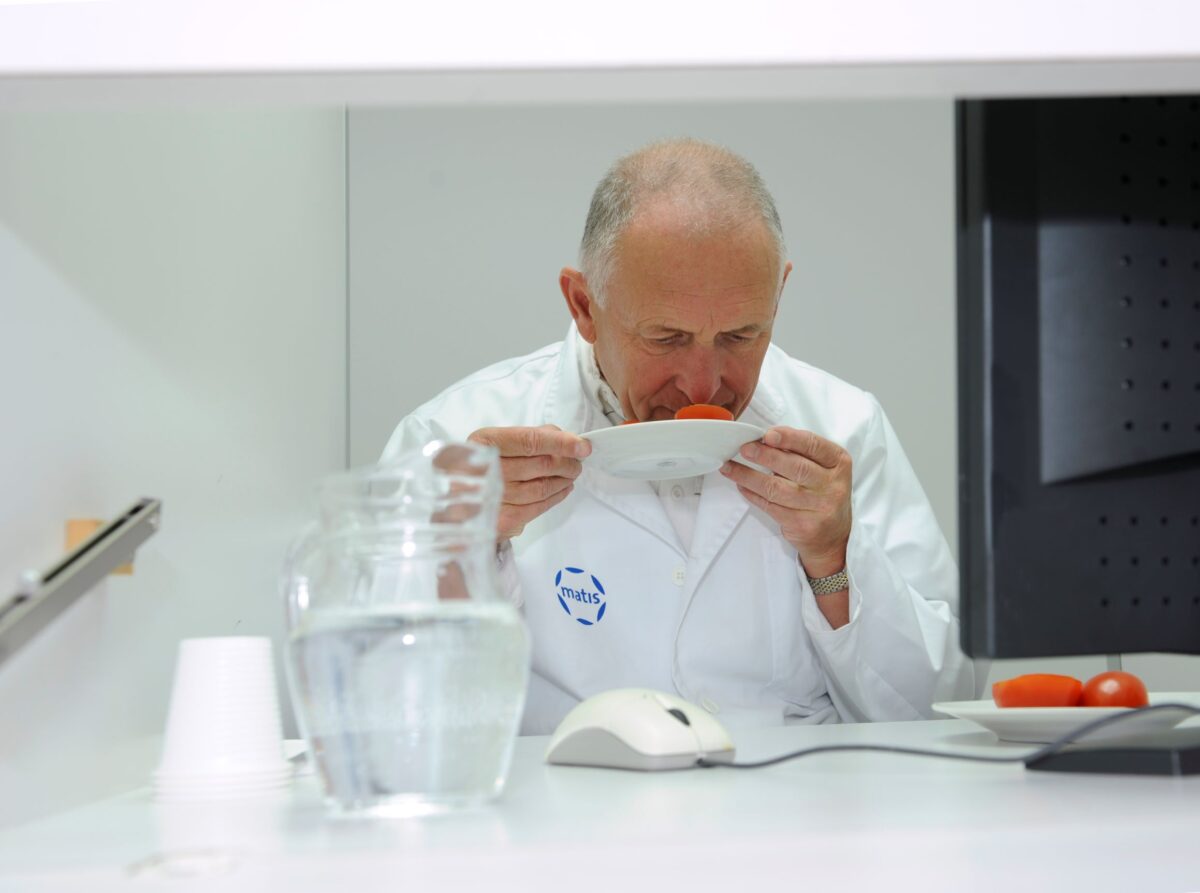
Nánari upplýsingar má fá með því að senda póst á netfangið namskeid@matis.is.
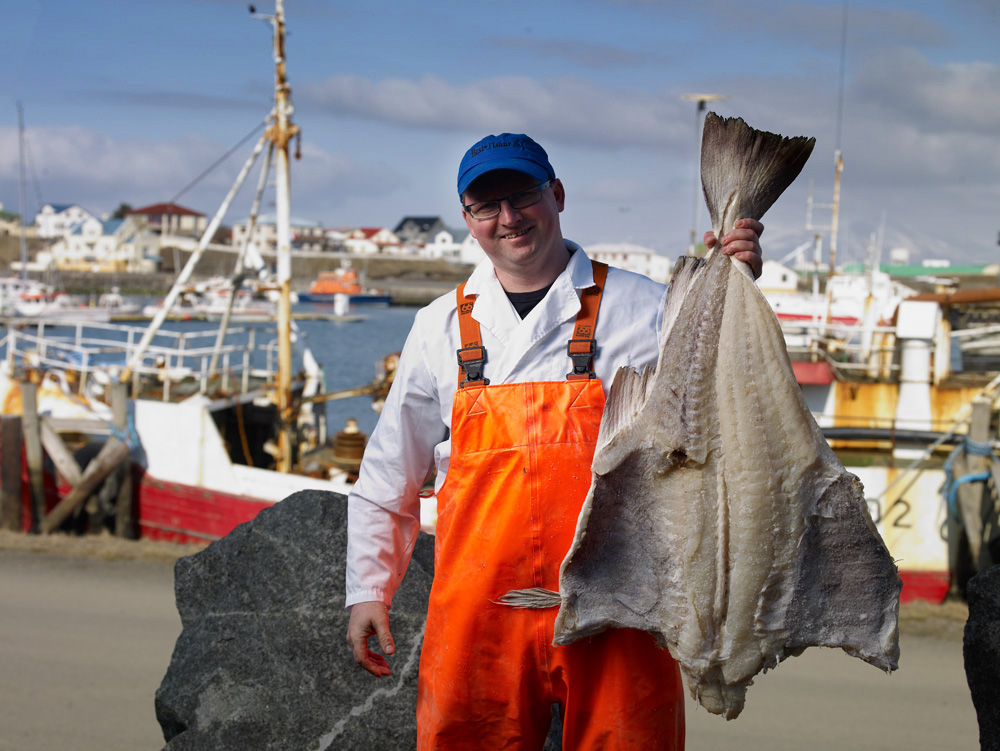
Nánari upplýsingar má fá með því að senda póst á netfangið namskeid@matis.is.
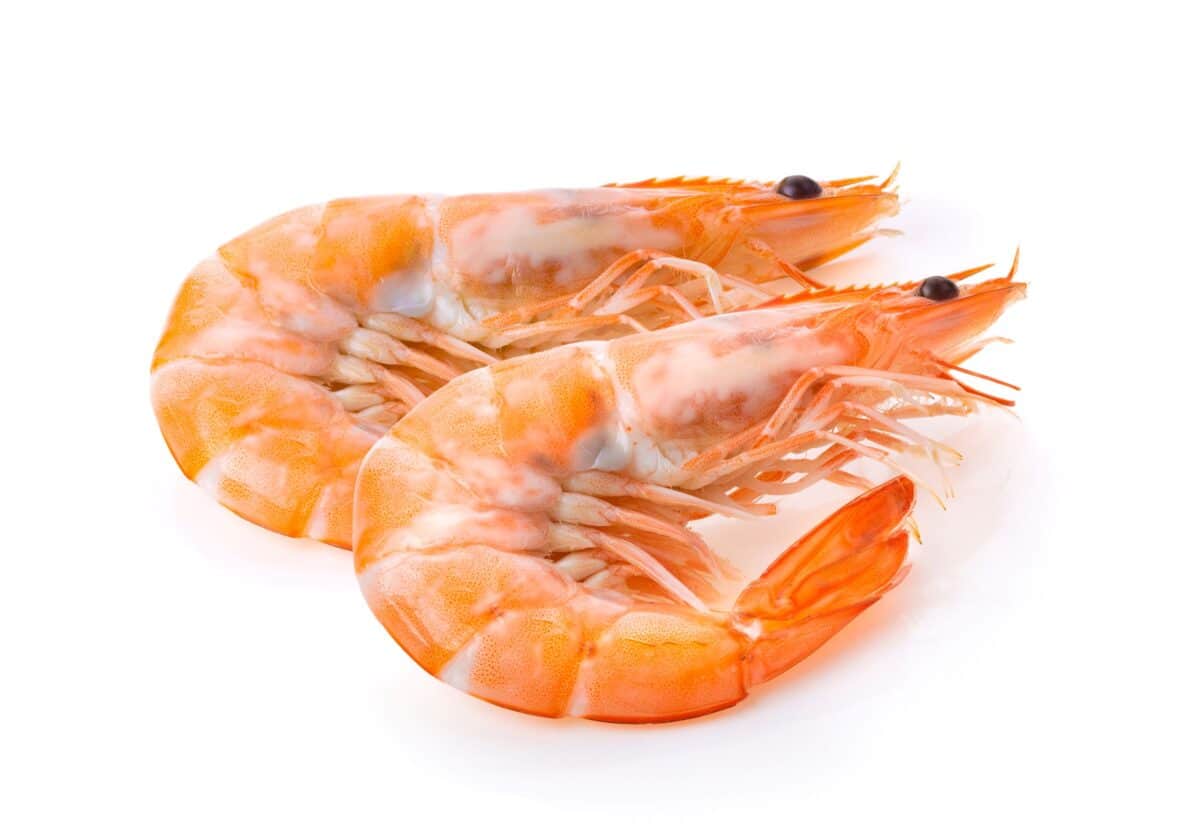
Nánari upplýsingar má fá með því að senda póst á netfangið namskeid@matis.is.
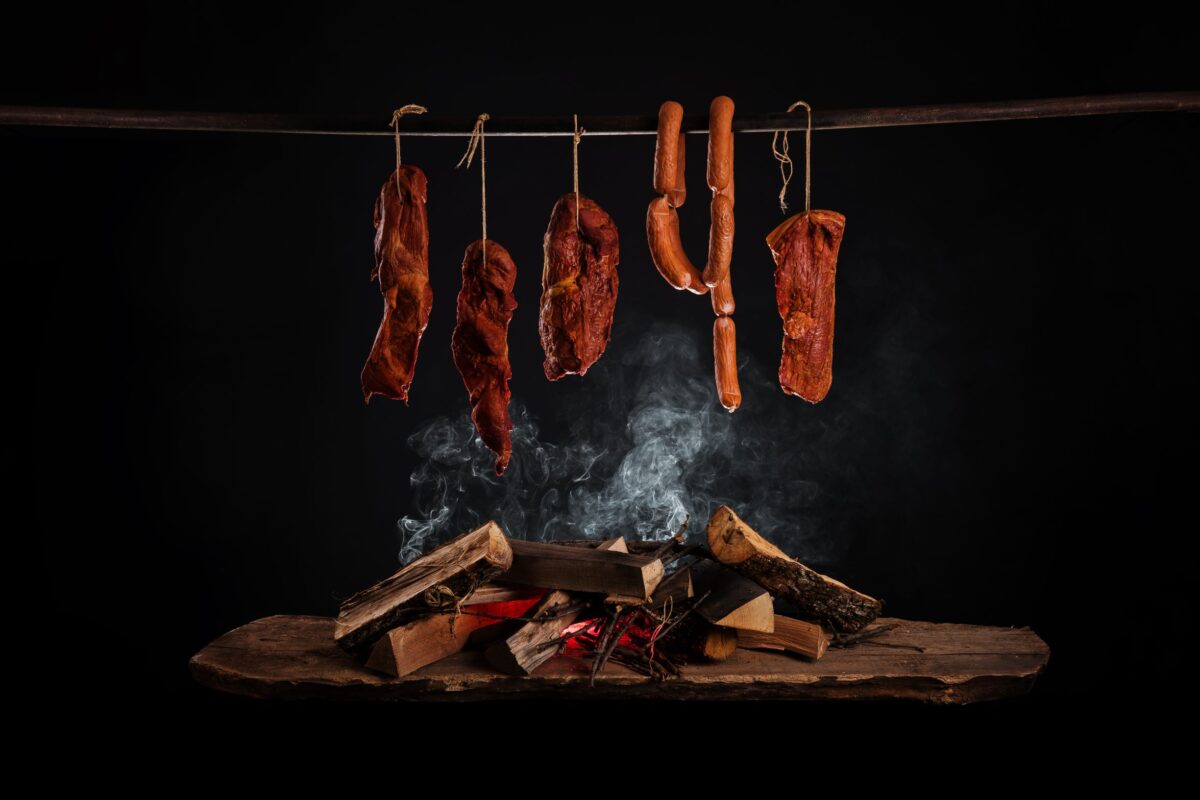
Farið verður yfir öll meginatriði varðandi vinnslu og meðhöndlun vörunnar, allt þar til hún er komin á borð neytenda. Hvernig og hvað þarf til að framleiða hana (þ.á.m. hráefni, tækjabúnaður, aðstaða), kostir og gallar mismunandi aðferða, hættur sem ber að varast, mat á gæðum ofl. Kennslan er bæði bókleg og verkleg.
Nánari upplýsingar má fá með því að senda póst á netfangið namskeid@matis.is.